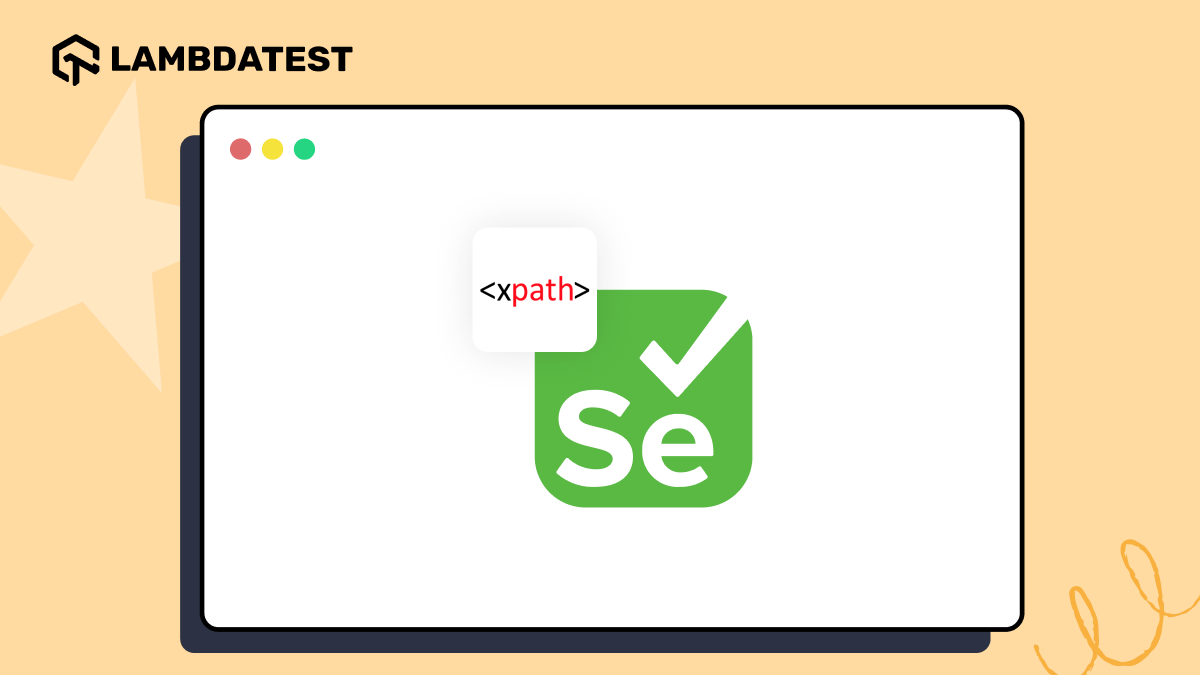Retrieving and manipulating data efficiently is critical in today’s data-driven environment. This article explores several methods, pointers, and best practices to fully utilize XPath Tester and enable you to efficiently expedite your data extraction procedures.
This article also gives you the skills and understanding you need to use XPath Tester competently and confidently, regardless of your experience level as a developer or your recent introduction to data extraction.
What Is Data Extraction?
The process of extracting data and transforming it into a format that can be used is known as data extraction. One can perform this task using multiple resources, such as databases, webpages, documents, and more systems.
It might entail extracting text or pictures from unstructured sources like papers or web pages. It also includes pulling structured data from databases or spreadsheets or even extracting data from sources like emails or social media.
Many operations involving data, such as data analysis, data integration, data migration, and data warehousing, require data extraction as a critical step. Through its use, organizations can obtain pertinent data from several sources and compile it in one place for additional processing and examination.
Techniques For Data Extraction Using XPath
For selecting and traversing items inside an XML or HTML page, XPath is a powerful language. Following are a few methods for using XPath to extract data:
Selecting Elements By Tag Name
You are essentially targeting particular element types within an XML or HTML page when you use XPath to pick items by tag name. When an element gets the syntax //tagname, XPath will choose any element with the specified tag name, wherever it appears on the page.
Consider the following HTML document as an example:
<!DOCTYPE html>
<html>
<head>
<title>Example</title>
</head>
<body>
<h1>Main Heading</h1>
<p>This is a paragraph.</p>
<div>
<p>This is another paragraph inside a div.</p>
</div>
<ul>
<li>Item 1</li>
<li>Item 2</li>
</ul>
</body>
</html>
You would use the XPath expression //p to select all elements. Then <p>elements inside the <div> and the one right under the <body> tag in the document will both be compatible with this expression.
The XPath expression // designates that the search should be executed recursively, beginning at the root node and extending throughout the entire document. This implies that if the <p> elements match the designated tag name, they will be chosen regardless of whether they are nested inside other elements.

Selecting Elements By Attribute
In XPath, specifying criteria based on the attributes connected to those elements is known as “selecting elements by attribute.” To filter elements based on a certain attribute and its value, use the syntax //tagname[@attribute=’value’].
For Example, take an HTML document with a list of products. A element represents each product, and the “class” property identifies the category to which it belongs:
<div class=”product” id=”1″>Product A</div>
<div class=”product” id=”2″>Product B</div>
<div class=”category” id=”3″>Category: Electronics</div>
<div class=”category” id=”4″>Category: Clothing</div>
Employing the XPath phrase //div[@class=’product’] would allow you to pick only the <div> components that represent products. This expression refers to every <div> element that has a “product” set as its “class” property.
The syntax’s [@attribute=’value’] part allows you to specify criteria for the attribute’s value. Here, it makes sure that the elements that get selected are only those whose attribute has the given value.
When you need to extract data from particular elements according to their hierarchy inside the document, this technique comes in handy. Positional selection gives you fine control over which items to target in your XPath searches, which improves the efficiency of your data extraction operations.
Selecting Elements By Class Or ID
You may use the unique IDs or classification characteristics of certain elements to identify them in an XML or HTML document with XPath’s class or ID selection capability. You can use the syntax //tagname[@class=’classname’] or //tagname[@id=’idname’] to target components that have a specific class or ID attribute.
XPath receives instructions to identify things based on their class attributes when you utilize the expression [@class=’classname’]. For example, if you have a collection of <div> elements and each one is labeled with a class name (like “product” or “category”). You may give their class names to use XPath to fetch these elements.
You may also use the [@id=’idname’] syntax to select components based on their unique ID attribute. When you need to extract data from document elements that have unique identifiers, this is quite helpful.
Consider the following HTML sample, for instance:
<div class=”product” id=”product1″>Product A</div>
<div class=”product” id=”product2″>Product B</div>
<div class=”category” id=”category1″>Category: Electronics</div>
<div class=”category” id=”category2″>Category: Clothing</div>
Use the XPath expression //div[@class=’product’] to select the <div> element that has the class “product”. In contrast, the XPath expression //div[@id=’product1′] would be used to target the element that has the ID “product1”.
You may quickly traverse the page structure and retrieve data from elements by using these XPath approaches, and you can even extract data from elements with IDs or classes. Efficient workflows for data extraction that are customized to the document’s structure and semantics are made possible by the meticulous selection of elements.
Selecting Elements By Position
Using XPath, you may choose elements by position and use it to target certain items based on where they are in the document hierarchy. You wish to choose the First <div> element found during the XPath traverse, as indicated by the syntax (div)[1].
All elements of a node type are grouped together when that type is enclosed in parenthesis, like in (div). The element you want to choose is indicated by adding square brackets with a numerical index, such as [1], after that. Here, the first instance of the <div> element is shown by [1].
Consider an HTML document that has more than one <div> element:
<div>First div</div>
<div>Second div</div>
<div>Third div</div>
Using the XPath expression (div)[1], you may choose only the first <div> element in this document. This gives XPath instructions to search through the document, collect all <div> elements, and select the first one it comes across.
When you need to extract data from particular elements according to their hierarchy inside the document, this technique comes in handy. Positional selection gives you fine control over which items to target in your XPath searches, which improves the efficiency of your data extraction operations.
Selecting Child Elements
Selecting child components using the / operator in XPath allows you to describe a hierarchical connection between things. This allows you to target elements that are direct offspring of a parent element. You wish to pick all <li> elements in the document that are direct children of <ul> elements, as indicated by the formula //ul/li.
A parent-child relationship is apparent by the / operator, where the element that comes before the / is regarded as the parent element, and the element that comes after it is regarded as the child element. Here, any <ul> element in the page is specified by //ul, and all <li> elements that are direct offspring of those <ul> elements are specified by /li. For instance, take a look at this HTML sample:
<ul>
<li>Item 1</li>
<li>Item 2</li>
</ul>
<ul>
<li>Item 3</li>
<li>Item 4</li>
</ul>
You can employ the XPath expression //ul/li to select all <li> elements only within <ul> elements. This statement tells XPath to search for every <ul> element in the document, find all of its immediate children (all elements), and then select all <li> of those <ul>children.
The / operator in XPath allows you to work your way across the document’s hierarchy and target certain child components of parent elements. This enables you to create accurate data extraction procedures that are specific to the structure and content of your document.
Selecting Descendant Elements
Using the // operator to select descendant elements, you can choose nested elements in XPath regardless of how closely linked two components are to each other. When you see the term //div//span, it means that you want to select every <span> element in the document that is a descendant of a <div> element.
The // operator denotes a recursive search, telling XPath to find every instance of the supplied descendant elements by searching the full document hierarchy from the root node. In this instance, any <div> element in the page is identified by //div, and any element nested inside those <div> components are specified by //span.
Take a look at the following HTML sample, for instance:
<div>
<p>This is a <span>nested</span> span element.</p>
</div>
<div>
<div>
<span>This is another nested span element.</span>
</div>
</div>
Use the XPath phrase //div//span to select every <span> element included within a <div> element. When XPath receives this command, it searches the page for all <div> elements. Then it automatically looks within each of those <div> elements for any <span> elements.
You may target descendent components buried within other elements with XPath’s // operator, which enables comprehensive data extraction from complex document structures. This method makes it easier to find pertinent information that is scattered across the text, which improves the efficiency of jobs involving data processing and analysis.
Note: These are just a handful of the numerous ways that XPath may be used to get data from documents that are either XML or HTML. You may improve your ability to use XPath for data extraction by experimenting with different expressions and learning the structure of the page you are working with.
How Does LambdaTest Platform Benefit XPath Testing And Data Extraction Tasks?

When it comes to XPath testing and data extraction, LambdaTest provides an invaluable collection of capabilities and tools.
Firstly with LambdaTest, testers can do XPath testing across several contexts without the requirement for local setup or installation due to the platform’s cloud-based architecture, which gives them access to a broad variety of browsers and operating systems. This is especially useful for making sure that XPath expressions are correctly validated across browser versions and for guaranteeing cross-browser compatibility.
Additionally, LambdaTest offers an extensive collection of inspection and debugging tools that make XPath testing more effective. With its integrated DevTools, testers may examine DOM components, assess XPath expressions instantly, and resolve any problems that arise during the data extraction process.
LambdaTest also enable test using screenshots, which let testers visually confirm the precision of XPath results and spot any differences between browsers.
Moreover, LambdaTest easily interfaces with well-known testing frameworks and continuous integration/delivery pipelines, allowing automated XPath testing as a component of the workflow. This guarantees dependable and consistent data extraction throughout the development lifecycle, assisting teams in identifying and resolving XPath-related problems at an early stage.
Conclusion
Anyone exploring the huge area of web scraping and XML manipulation will find it helpful to learn XPath techniques for data extraction. Through a thorough grasp of XPath expressions and their successful use, you may automate tedious activities, optimize your data extraction procedures, and uncover insightful information concealed within intricate datasets.
Whether you’re an experienced developer or a novice to web scraping, mastering XPath will enable you to take advantage of the abundance of data accessible online and transform it into useful insight. So investigate all aspects of XPath, try out various approaches, and reach new heights with your data extraction skills.






